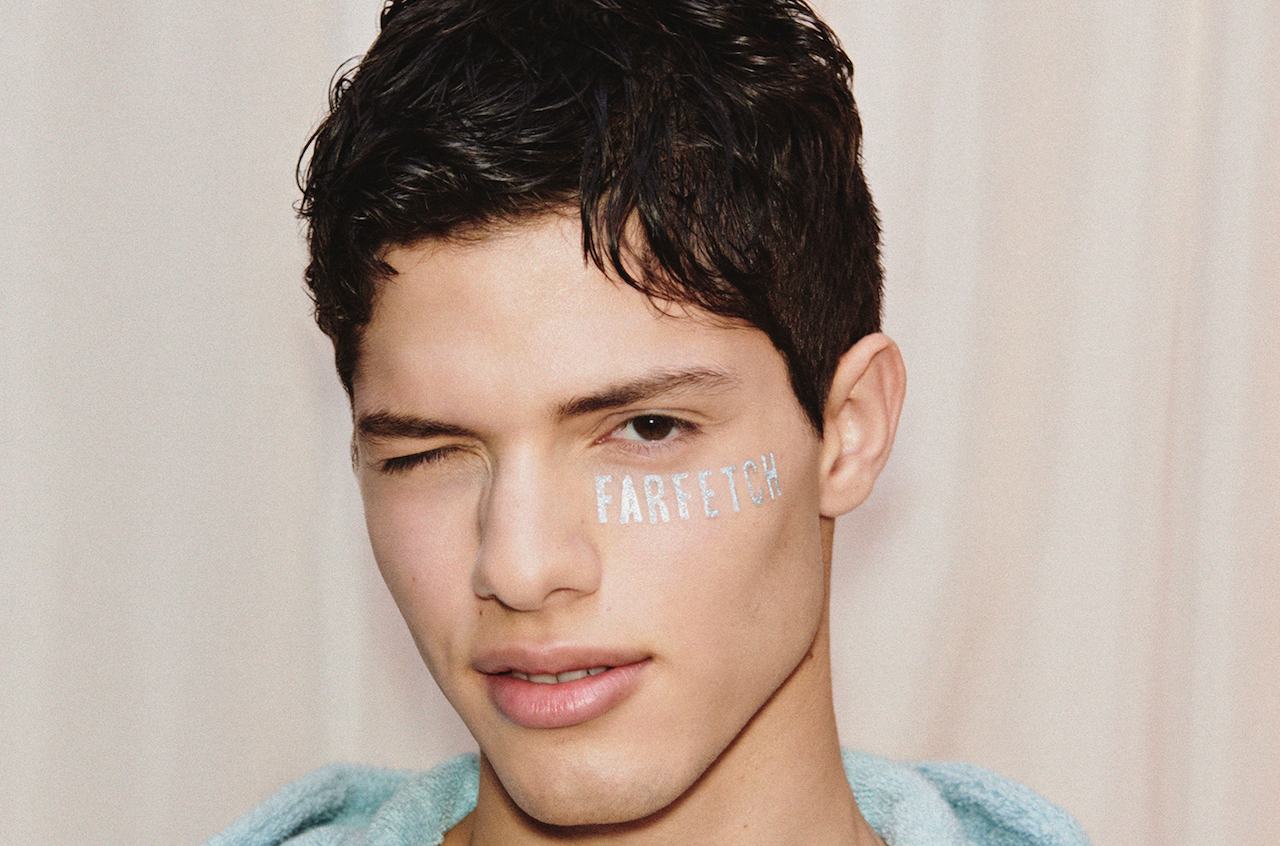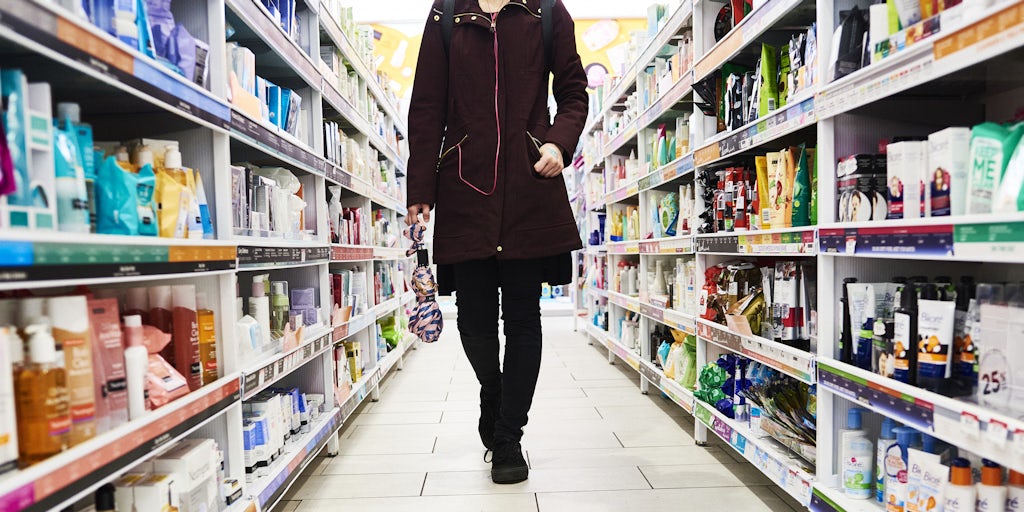Beauty & Wellness Briefing: Online fashion retailers want in on beauty, but are they ready?
As online fashion retailers increasingly try to break into beauty, I look at the factors it takes to win. -Priya Rao
It’s become easy for beauty shoppers to purchase their makeup, skin care and hair care practically anywhere. Over the last four years, Amazon, Target and Walmart have bet big on beauty, and fashion brands like Anthropologie and Madewell have made a play for the category with a small edit of products. But in the last few months, a flurry of online fashion retailers have announced their intentions to aggressively go after beauty.
In April, Farfetch unveiled its beauty portfolio with 100 prestige brands sold on its marketplace. Back in January, the e-commerce platform acquired Violet Grey to help carve out its positioning. Not to be outdone, Moda Operandi announced its foray into beauty in May, which will debut this fall. And according to sources familiar with its business, Shopbop is also rethinking its existing beauty assortment and planning to make a bigger splash later this summer. Shopbop declined to comment for this story.
Of course, the concept of retailers selling beauty online is not new. Department stores like Saks Fifth Avenue and Bloomingdale’s have made efforts to mirror their brand and store experiences online. Amazon obviously sells beauty, as does Net-a-Porter — the latter began selling beauty in 2013 with just 11 brands. And Revolve and its sibling brand FWRD expanded to beauty in 2016 and 2020, respectively. That Farfetch, Moda Operandi and Shopbop are coming to play now has more to do with the maturity of these online businesses and the hope of increasing basket sizes and revenue. (The latter is certainly what is happening at Target when it partnered with Ulta Beauty.) Furthermore, beauty as a category has been far more resilient than fashion, which is likely a driving factor in the above expansion plans.
For these online beauty extensions to succeed, fashion retailers must have a clear definition of what their beauty POV is. Subsequently, they must sell brands that speak to that perspective and market to both existing and new customers effectively. Given that there are so many new beauty brands on the market, onboarding indie or buzzy brands is the easiest part of building such a business. But just because you slap a cool beauty brand on a website doesn’t mean it will sell.
Farfetch first experimented with beauty in 2016 when it partnered with Space NK. Stephanie Phair, the company’s chief customer officer, acknowledged to me that the beauty launch didn’t work because Farfetch could not simply apply its existing luxury fashion model to beauty. “The beauty industry operates very differently. It is a very emotional category and customers will choose to buy beauty from a provider that gives them that emotional connection and that aligns to their values,” she said.
To make its latest foray more impactful, Phair said the company played to Farfetch’s luxury marketplace structure and global DNA. At the same time, it is also operating a wholesale model to source and support indie brands and incubating its own brands. Farfetch’s e-concession model and global warehouses are likely most attractive to the big beauty groups, like Estée Lauder Companies and Coty, that have largely steered clear of selling on these types of online fashion retailers. Gucci Beauty, La Mer and Tom Ford are all sold on Farfetch. Additionally, these conglomerates have been furiously trying to build up their own direct-to-consumer websites, which Farfetch’s model helps facilitate.
Elsewhere, its relationships with Violet Grey and members of Farfetch’s Beauty Global Collective, made up of experts like hair stylist Jawara and makeup artists Isamaya French and Erin Parsons, give Farfetch credibility. Farfetch is using the Beauty Global Collective to help build out its still nascent ratings, reviews and tutorials section. For instance, it’s there that its Beauty Global Collective can post and also engage with shoppers online.
“We will continue to have that very, very authoritative selection of the large brands, and also the indie brands that we can source through Browns and Violet Grey,” said Phair.
Ratings, reviews, tutorials, shade finders, UGC and the like are essentially mandatory for any site that sells beauty today. There is a reason why Sephora spent so much time building those features out to boost e-commerce sales during the pandemic. However, a quick look at Shopbop’s and Ssense’s beauty listings and those attributes are nowhere to be found. On those sites, beauty is treated like any other fashion purchase. For instance, over at Shopbop, upon clicking on a Supergoop lip balm, shoppers are guided to a “Wear It With” section underneath that includes a Solid & Striped bathing suit and an Isabel Marant baseball cap. On Ssense, a click on a Westman Atelier pressed powder just surfaces more of the line underneath the product listing.
Elsewhere, Revolve and FWRD have also been busy establishing their beauty gravitas. Lauren Yerkes, chief merchandising officer at Revolve, said the brand first piloted beauty with just 45 brands within fashion. After seeing success, Revolve created a dedicated landing page, “which is the central hub for shoppers to easily find the newest products, best-selling brands, trending features and beauty edits from influencers,” she said. Revolve Beauty social media accounts also launched in 2016, as did a dedicated weekly beauty email. While cross-posting beauty with fashion is one tactic, Revolve’s separate beauty accounts and emails have been crucial to it being considered a beauty destination, said Yerkes.
“We were very early to leverage digital channels and technology, as well as pioneering brand marketing strategies,” she said. “Our events, activations and influencer network have been established as our greatest differentiators, and we are constantly evolving how we approach these.”
Revolve’s influencer tie-in is significant, especially since many of the brand’s original ambassadors, including Camila Coelho, have gone on to launch their own beauty lines. Case in point: Coelho’s Elaluz Beauty that launched in 2020 is sold on Revolve.
To date, Revolve carries 300-plus beauty brands including bestsellers like Charlotte Tillbury, Olaplex, Ilia and Dr. Barbara Sturm. As its brand assortment has grown, sales have followed. In 2019, beauty sales at Revolve were $11.4 million. Thanks to steady growth and the fervor to buy beauty online, Revolve hit $30 million in beauty sales in 2021.
Sibling brand FWRD is also investing deeply into its beauty business. Buoyed by the online spending spree of the pandemic, FWRD leaned heavily into luxury skin-care, self-care and wellness offerings. Some of its earliest brands offered were Byredo and Aesop.
“What we started to see is that when we brought on new brands like Maison Pearson, they would sell out instantly. We started to get a little more serious about beauty when we understood that this girl really wants to be able to shop [everything] under one roof and get it in one package,” said April Koza, vp at FWRD. FWRD sells roughly 60 beauty brands, including indie favorites Augustinus Bader and 111 Skin.
What Koza is describing harkens back to what department stores originally built their business on: one-stop shops, best-in-class assortments and personalized service. But when it comes to beauty, department stores still have sales associates to their advantage. They are the ultimate marketers, engaging with customers and pushing products.
Given that Koza describes the FWRD customer as an older shopper than Revolve’s with more disposable income, an edited assortment makes sense for that profile. “She’s a suburban mom with teenagers or college kids. She’s busy and doesn’t have a lot of time on her hands, but is very social,” she said. “She has a Saint Laurent bag, probably wearing Amina Muaddi [heels] and a dress that like no one’s ever heard of or seen, but everyone wants to know what it is.”
While FWRD’s beauty business is still small, Koza said it is ramping up its brand assortment in light of the holiday season. The company did not disclose financial figures. She is hopeful that FWRD and Revolve can become bigger destinations for beauty conglomerates, given that they too have diversified portfolios. ELC’s Tom Ford and La Mer, and Shiseido’s Cle de Peau would make sense on FWRD. Meanwhile, ELC’s Dr. Jart and Clinique, and Shiseido’s Drunk Elephant would be better suited for Revolve.
“To get into the worlds of those mega beauty brands, it’s not an easy road. There are multiple decks, different budget conversations, vendor operation guides and logistical challenges. But, it’s something we are actively chasing,” said Koza.
As online fashion retailers determine their positioning for beauty, the brands win in the meantime, especially if they’ve become the “it” brand like Augustinus Bader became after its breakthrough at Violet Grey. Selling on any of these sites doesn’t require the capital or infrastructure that Sephora, Ulta Beauty or mass retailers like Target or Walmart require. But then again, it’s unclear if these online fashion retailers can move the volume.
“The Sephora-Ulta dominance is hard, because they cut hard deals and run thin-margin retail businesses, but those deals can be transformative in terms of trajectory and growth,” said Tina Bou-Saba, co-founder and co-managing partner at Verity Venture Partners. “After those two, the sales massively drop off at other retailers, but net-net it’s a positive for the brands to experiment online because they get that exposure and awareness outside their own scope.”
Reading List
Inside our coverage
BeReal photos are the latest cool-kid flex on TikTok and Instagram.
Nars dives into Roblox.
Wattpad proves that Gen Z still wants long-form content.
CoolSculpting tells “their side of the story.”
Stories I’m reading
Victoria Secret Beauty drops its first fine fragrance in five years.
Halsey launches second beauty brand, AF94.





